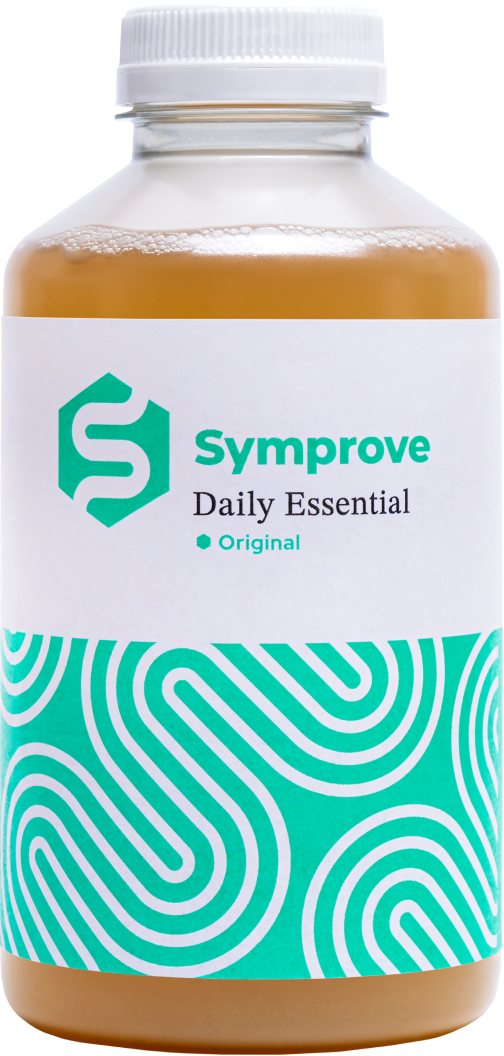Introduction
Hayfever (or allergic rhinitis) affects 10-40% of populations worldwide. It is characterised by inflammation of the nasal mucosa, but is clinically defined by symptoms including nasal congestion or blockage, sneezing, and itchy, watery eyes.
Hayfever is a result of allergic sensitivity to airborne substances, typically mould spores and pollens from trees, plants, and grasses. Other triggers include dust mites and pet dander.
Symptoms usually manifest when the pollen count (a measure of the number of particles per cubic metre) exceeds 50.
The UK has some of the highest prevalence rates of allergic conditions worldwide. Hayfever affects between 10-15% of children and 26% of adults and typically occurs in spring, summer and early autumn.
Epidemiological studies have reported the ‘farm effect’ – that is, the protective effects of early-life environmental exposures on allergic disease risk. Early life also presents a key window of opportunity for protection against allergic diseases, such as hay fever. This “effect” has gained interest as the rapid rise in allergies in Western nations cannot be ascribed to genetic factors alone.
Gut Microbiome
Emerging research suggests that the gut microbiome may play a key role in modulating allergic reactions, and thus development and management of hayfever.
Studies have shown that alterations in the composition and diversity of the gut microbiome can impact immune system function and potentially contribute to the development of allergic diseases. A disrupted gut microbiome balance, known as dysbiosis, has been linked to increased susceptibility to allergies and inflammatory conditions.
Furthermore, a healthy gut microbiome helps maintain a robust gut barrier, preventing the leakage of harmful substances and allergens into the bloodstream. When the gut barrier is compromised due to dysbiosis or other factors, it may lead to increased allergenic exposure and heightened immune reactivity.
The Gut-Lung Axis
The gut microbiome communicates with other parts of the body, including with the respiratory system through a bidirectional pathway known as the gut-lung axis. This intricate connection suggests that imbalances in the gut microbiome could contribute to allergic diseases, including hayfever. Emerging evidence suggests that dysregulation in the gut microbiome can trigger systemic inflammation and modulate immune responses, ultimately affecting the respiratory system and exacerbating allergy symptoms.
The gut-lung axis's influence on hayfever is thought to be mediated by various mechanisms. For instance, alterations in the gut microbiome can impact the maturation and functionality of immune cells involved in allergic responses, leading to an exaggerated reaction to environmental allergens. Additionally, the gut microbiome produces metabolites that can modulate immune responses and influence the body’s tolerance to allergens. The existence of a microbiome in the lungs, with cross-talk with that of the gut, should also be noted as a further possible mechanism in allergic responses.
In summary, furthering our understanding of the role of the gut microbiome paves the way for the development of new approaches for the management of hayfever.
The role of probiotics
The impact of probiotic bacteria on allergic rhinitis was reviewed in a paper published in 2022. Studies on various population groups, using different probiotic bacteria are discussed, with key modes of action being via modulation of different aspects of immune response and impact on the gut mucosa barrier.
Whilst emerging evidence for the role of probiotics in allergic rhinitis is promising, further research is needed on the impact and effectiveness of different strains, usage patterns and efficacy.
Further reading:
Lopez-Santamarina A, Gonzalez Gonzalez E et al. Allergies. A Narrative Review. Foods 2021, 10(4), 701. https://www.mdpi.com/2304-8158/10/4/701.
Li, J., Fang, F., Mei, M. et al. The gut microbiome and allergic rhinitis; refocusing on the role of probiotics as a treatment option. Eur Arch Otorhinolaryngol 280, 511–517 (2023). https://link.springer.com/article/10.1007/s00405-022-07694-z.



